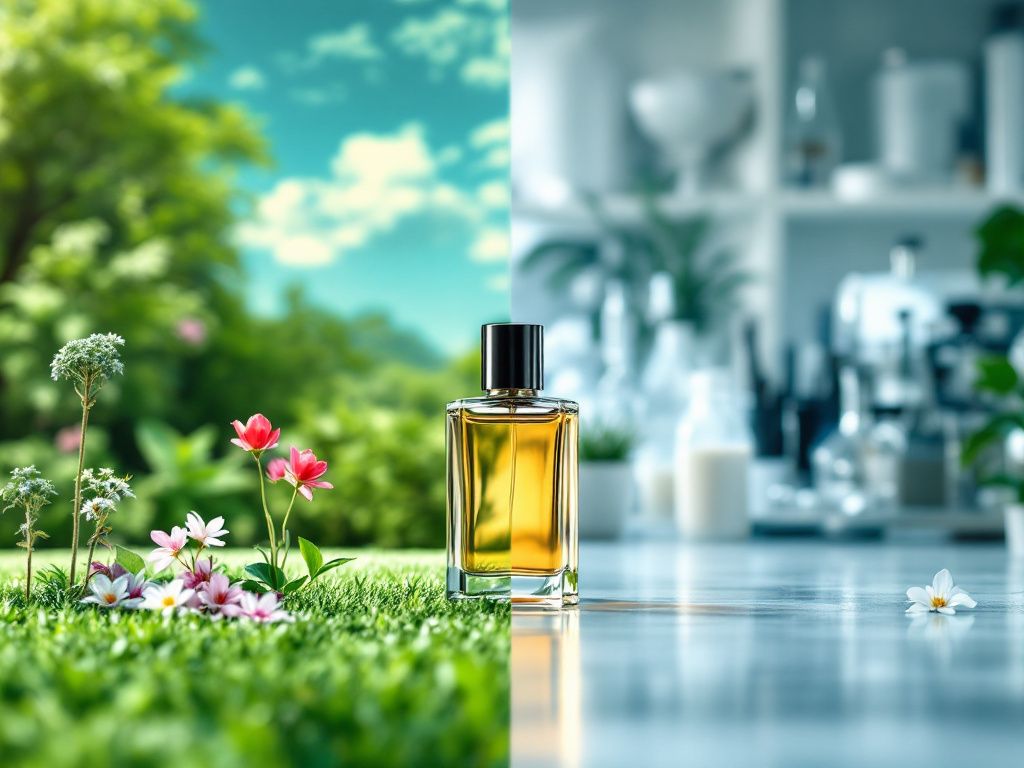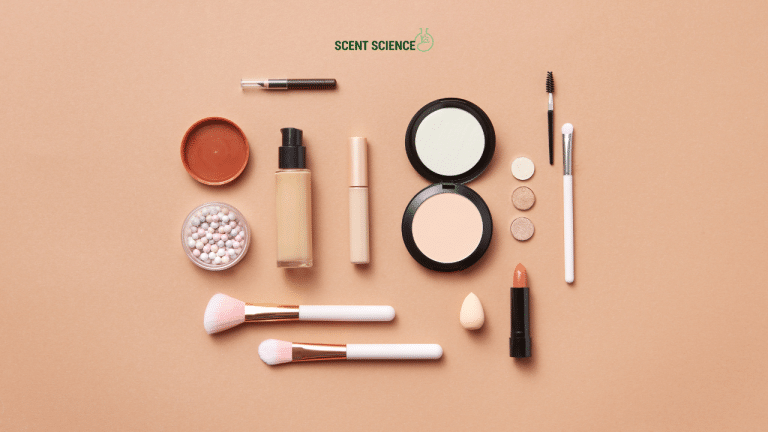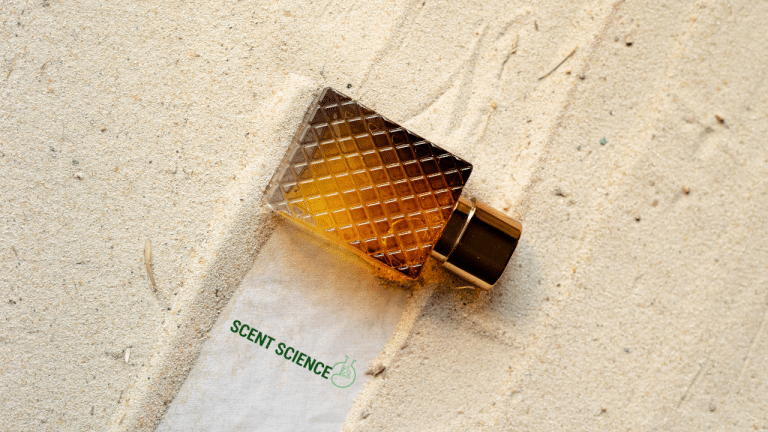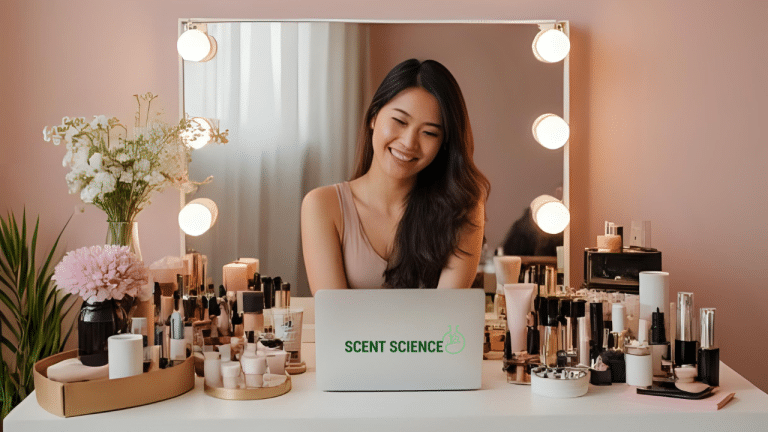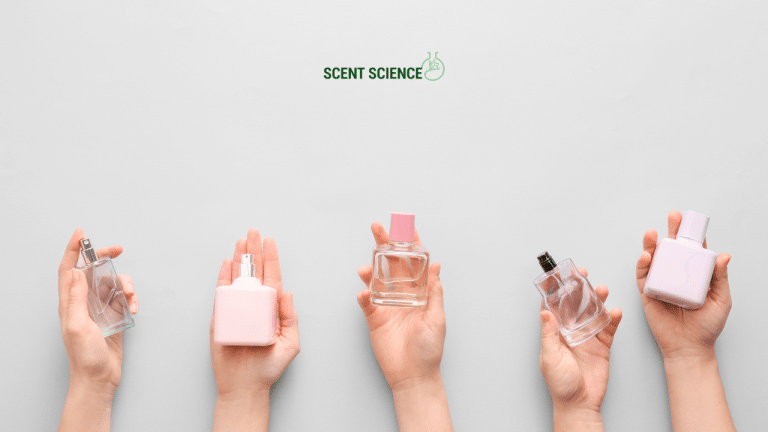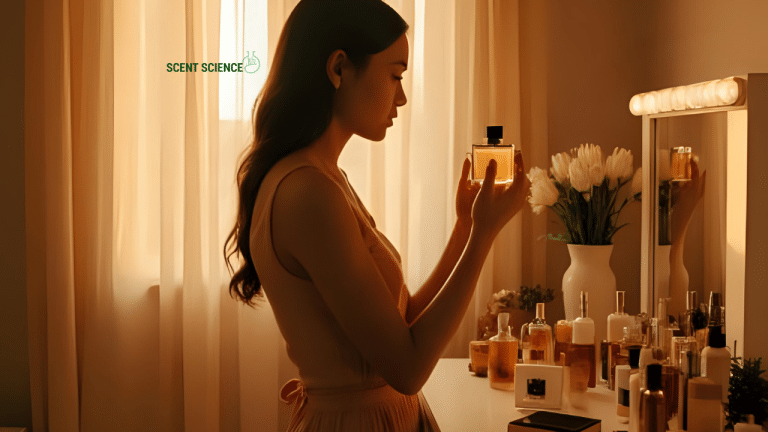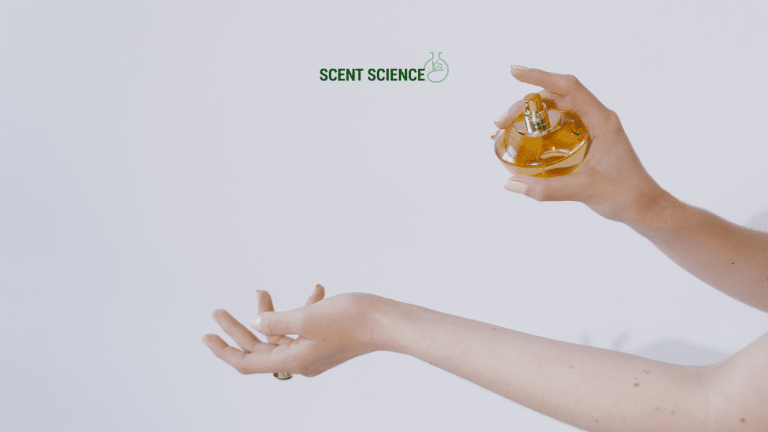Hey there! Ever found yourself wondering about the differences between natural and artificial scents? Whether you’re sniffing out a new perfume or fancy some eco-friendly air fresheners, you’re not alone in navigating the aromatic world with curiosity and sometimes, a bit of confusion. So, let’s dig in, shall we? Trust me, by the end of this little chat, you’ll have a clearer whiff of what’s what in the scent universe.
Table of Contents
ToggleUnderstanding Natural Scents
So, what’s the deal with natural scents? Think of natural scents as the gifts of nature, bottled up for us. They mainly come from plants—like leaves, bark, fruits, or flowers. If you’ve ever pressed fresh mint between your fingers or sniffed a blossoming rose, you’re already familiar with these. Their extraction is done through processes like distillation or expression, which are as ancient as, well, we humans messing around with perfumes.
The Science Behind It
Here’s where things get a bit geeky—plants produce essential oils, and these are loaded with compounds that give them those unique scents. Terpenes, for instance, are the prime offenders (or players, depending on your perspective). Each plant has its code—think of it like nature’s very own fragrance barcode.
Natural Scent Benefits
Personal well-being, mood enhancement, cleaner air… these are some perks right there:
- Aromatherapy: Essential oils are like nature’s wellness elixirs. Rose oil might soothe your stress, or maybe a mint oil perk can perk up your tired mind.
- Eco-friendliness: Natural scents usually mean fewer synthetic bottles and pretty much no harsh chemicals going into the air. Bonus? They’re often kinder to Mother Earth.
Doesn’t that sound enticing? But, let’s not get ahead of ourselves here. Natural isn’t always perfect—there are more caveats to discuss.
Delving Into Artificial Scents

Alright, time to switch gears. Artificial spirits—what’s their secret recipe? Mostly lab-crafted to mimic or enhance natural aromas. Remember the last time you walked past someone in a cloud of coconut body spray? That’s the lab essence doing its magic!
The Making of Artificial Scents
Here’s your science nugget again: chemistry and creativity. It’s a bit like a magician showing off new tricks. Scientists whip up these fragrances through chemical synthesis, reproducing naturally occurring scent compounds or imagining entirely new scent cocktails.
Why We Love (or Loathe) Them
Artificial scents do have a fan club, and it’s not hard to see why:
- Longevity: Unfortunately, natural scents might be fleeting—artificially crafted odors are designed to last.
- Variety & Cost-Effectiveness: Whether you fancy the smell of ocean breeze or fantasy florals, synthetic options abound, often for merely a fraction of what true essential scents would set you back.
But yes, caution is key here too. Some may argue about problematic components and skin sensitivities—definitely a turn-off.
Natural vs Artificial Scents Comparison
Okay, let’s break this down. You know, put these two in a friendly wrestling match to see how they hold up against each other.
Comparison Table
| **Category** | **Natural Scents** | **Artificial Scents** |
|---|---|---|
| **Source** | Plants, flowers, other natural sources | Lab-created using synthetic compounds |
| **Fragrance Variety** | Limited to natural oil combinations | Vast, nearly limitless combinations |
| **Longevity** | Short-lasting | Long-lasting |
| **Environmental Impact** | Generally eco-friendly | Potential for pollution or toxic by-products |
| **Cost** | Often pricey | Typically cheaper |
| **Health Effects** | Generally safe; some allergies possible | Can cause allergies or sensitivities in some |
| **Usage in Products** | Natural perfumes, aromatherapy oils | Perfumes, air fresheners, candles, cleaning products |
Real Talk
The bottom line? Some days, you may want something intense and long-lasting, like a good artificial scent. Other days, you need the soft touch of nature—maybe a drop of lavender oil in your de-stress bathwater. Franchise yourself the freedom to choose based on vibe, occasion, and yes, even budget.

Areas of Application
So how do they both fit into the fragrant mosaic of our lives?
Natural Scents
- Perfumes: Smaller, artisanal fragrance markets often prize natural compositions. They’re often wearing a “premium” tag, mind you!
- Wellness and Self-care Equips: Essential oils and diffusers, candles, and other goods championing a holistic ethos employ these.
- Food and Bevs: In tiny traces, think citrus essential oils or whatnot; be mindful, though. Not all naturally extracted substances are approved as safe across various regulations!
Artificial Scents
- Everyday Products: Multipurpose cleaners, shampoos, laundry detergents; relatable? Supermarket aisles sell these in abundance.
- Scented Candles & Air Fresheners: Their consistent aromas to fill larger spaces score well here.
- Bespoke Perfumes: Many renowned fragrance houses straddle both realms, featuring both subtle concoctions and bold statements.
One could argue each allocate a beloved role–no denying that!
Real World Studies: Natural vs Artificial Scents
Buckle up ’cause we’re veering to the research side for genuine insights:
- Study Findings on Health Impacts: Peer-reviewed science detailing allergies and asthma symptoms rising from artificial components.
- Behavioral Mood Impact: Experiments suggest why certain natural oils exude therapeutic rotundities, arguably beneficial for psychological well-being.
- Consumer Preferences: Thumbs-up often lean toward subtle yet solid longevity-dependent scenarios; culture here distinctly varies, doesn’t it?
Serving Recommendations

Before we leave this aromatic realm—step right up and focus on real-world tips:
- Sniff-test and sample when possible. Opening a bottle alone doesn’t seal the experience quite like wear testing.
- Measure personal preference against scientifically worrying ingredients! Remember simple precautions where subtle ‘red flags’ nudge consideration.
Try away, differing scents: fragrances should feel an adventure or a luxe balm amid the daily melee! You still curious? Don’t shy, mix and match to define your signature cocktail.
Final Thoughts and Closing Whiffs
Let’s wrap it up with what’s inherently boiling down in the well-fussed debate around natural against artificial:
- Foster embracing both wonders’ diversity! Recognition channels stellar combinations, albeit tolerance-dependent on quirks or inclinations!
- Dialogue leads us vibrant pathways; where intention kinda sets that olfactory journey’s tone.
And hey, isn’t life about mingling choices? Thank you for indulging along this guide. Until next post: explore, sniff around, and importantly, keep unwinding!
Take a long, deep breath, my fragrant friends…
Now, that’s a finish deserving a satisfied exhale! Happy discovery trails.
Frequently Asked Questions
What are artificial scents or synthetic fragrances?
Artificial scents, or synthetic fragrances, are chemically manufactured scents created in laboratories. They are blends of chemicals used to replicate specific scents and are found in a wide range of products, including cosmetics, household cleaners, personal care products, laundry detergents, candles, and even food[1][2][5>.
What are the potential health risks associated with artificial scents?
Artificial scents can contain over 3,000 different chemicals, many of which are harmful. These chemicals can cause allergic reactions such as headaches, migraines, skin irritation, and respiratory issues. Some synthetic fragrances also contain carcinogenic substances, hormone-disrupting phthalates, and other toxic chemicals linked to cancer, birth defects, and central nervous system disorders[1][3][5>.
How can I identify synthetic fragrances in product labels?
Synthetic fragrances are often listed as “fragrance” or “parfum” on product labels. Even if a label mentions “natural oils,” it may still contain synthetic fragrances unless the botanical name of the plant is specified. Be cautious of terms that are not regulated, as they can be misleading[5>.
What are the environmental impacts of synthetic fragrances?
Synthetic fragrances, derived from sources like petroleum and wood pulp, can have significant environmental impacts. The production and use of these fragrances can contribute to pollution and may include chemicals that are harmful to ecosystems. Additionally, the lack of transparency in the composition of synthetic fragrances makes it difficult to assess their full environmental impact[2][3][5>.
References
